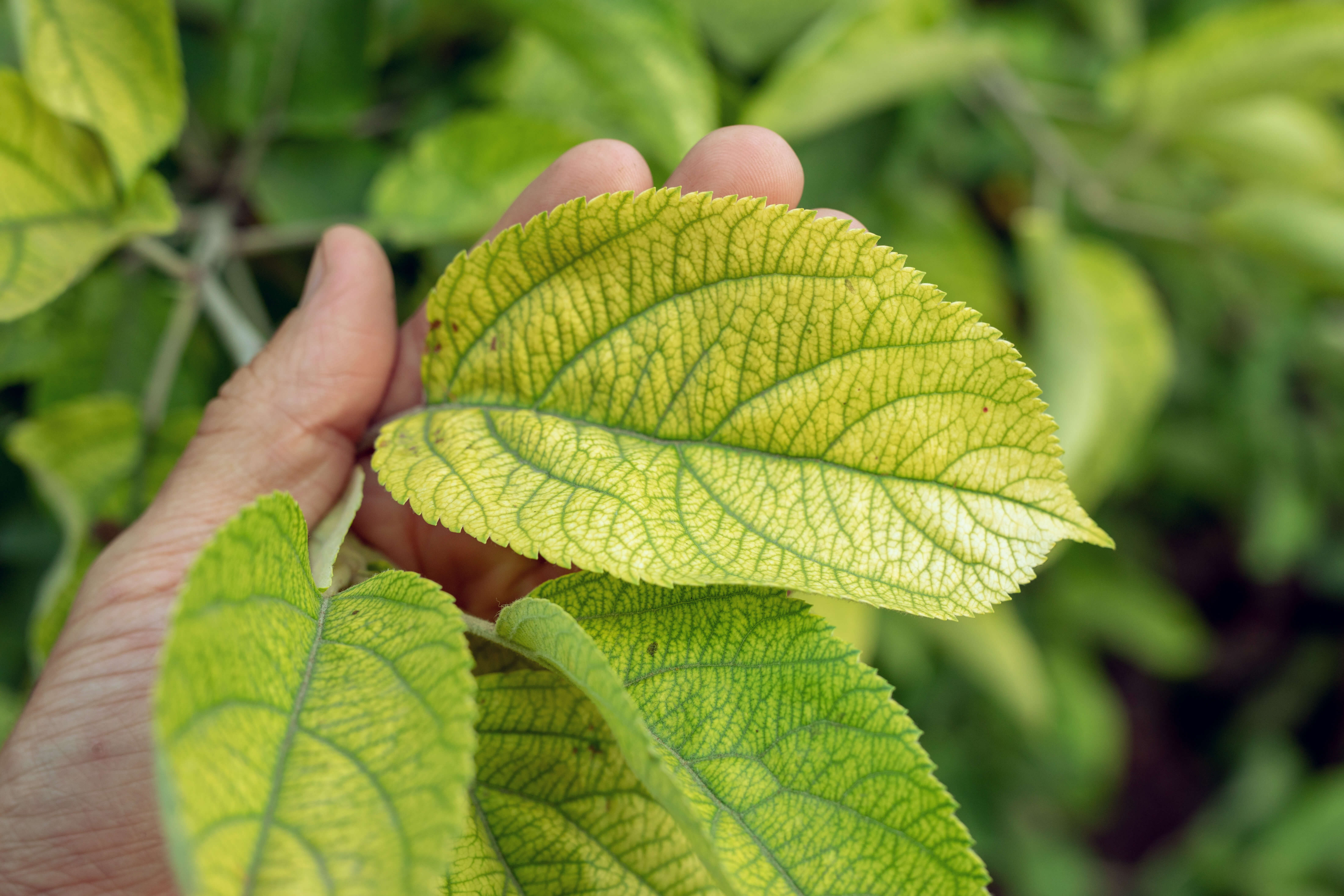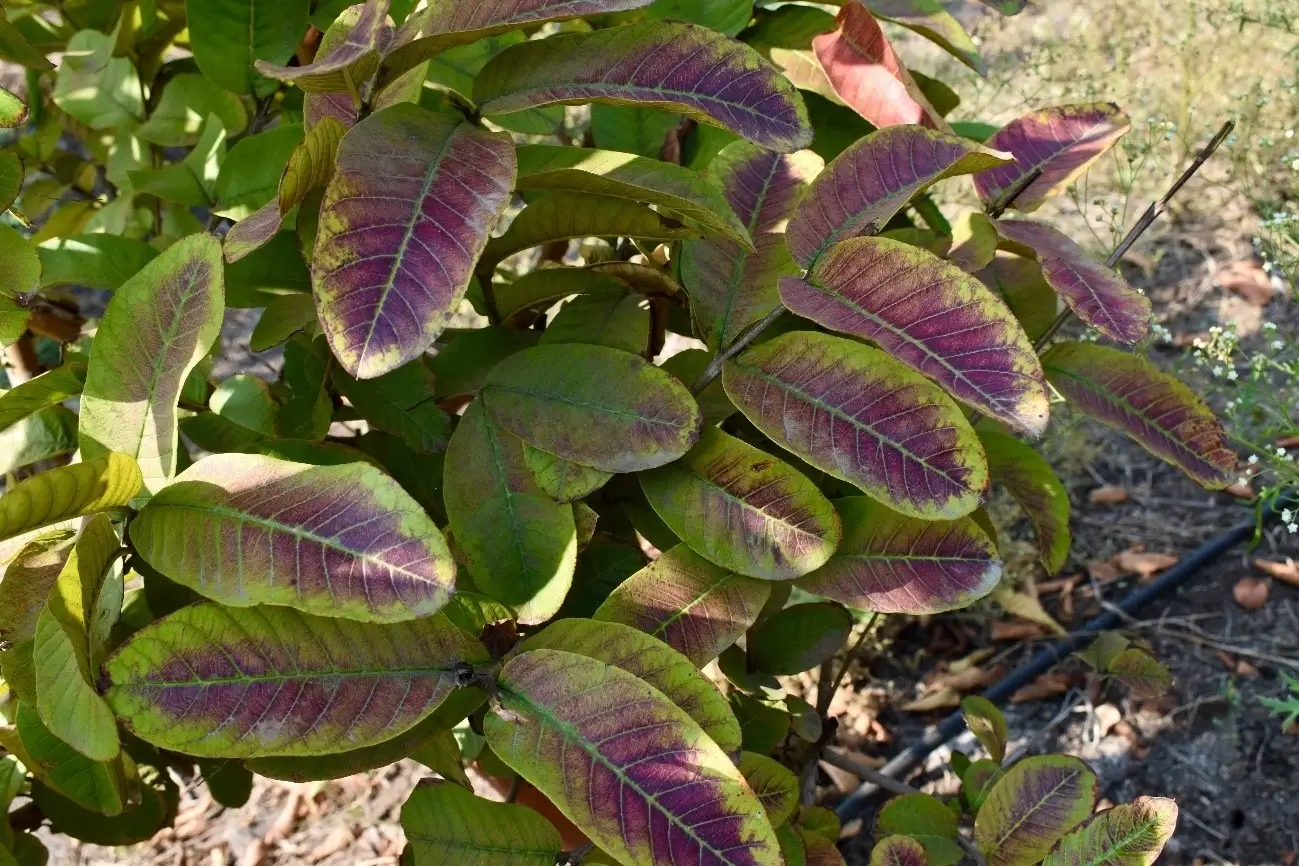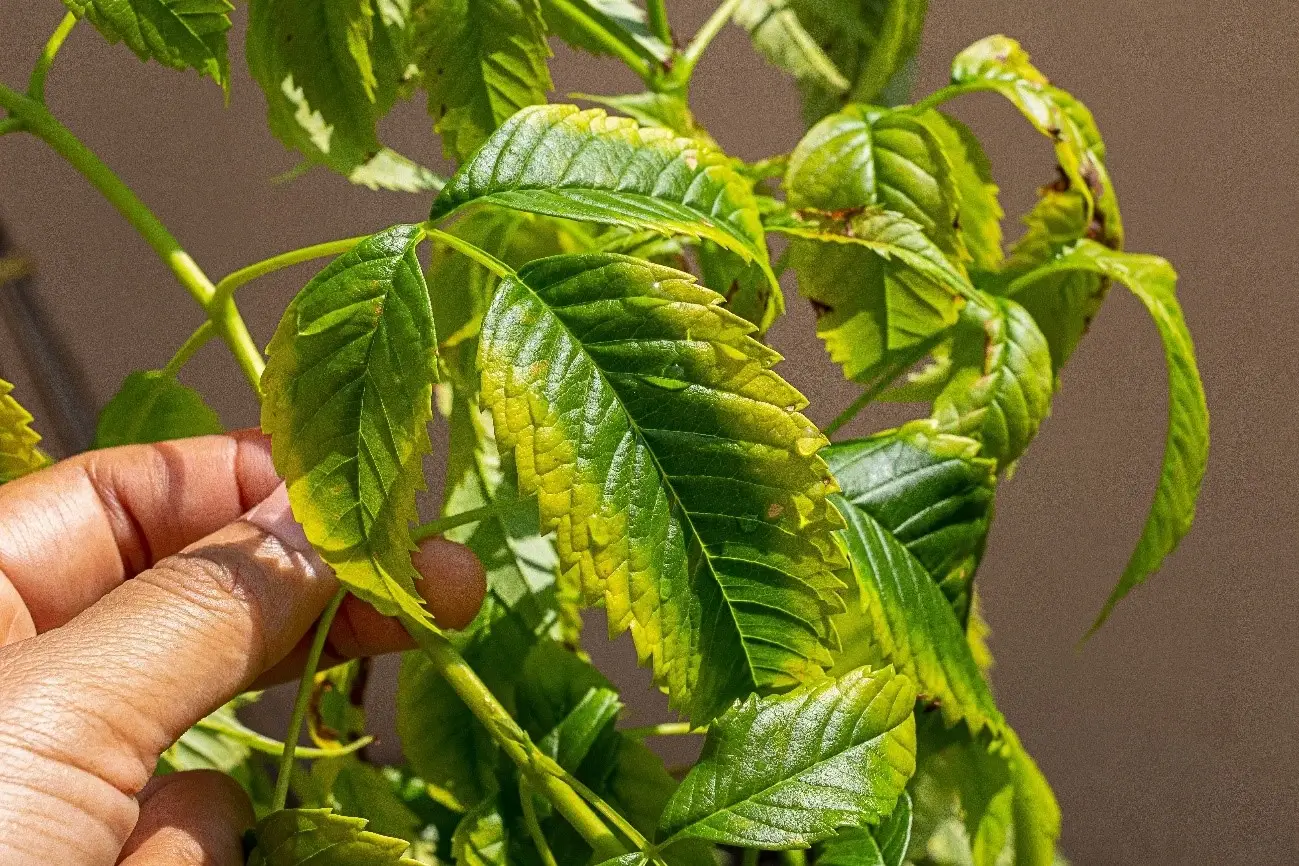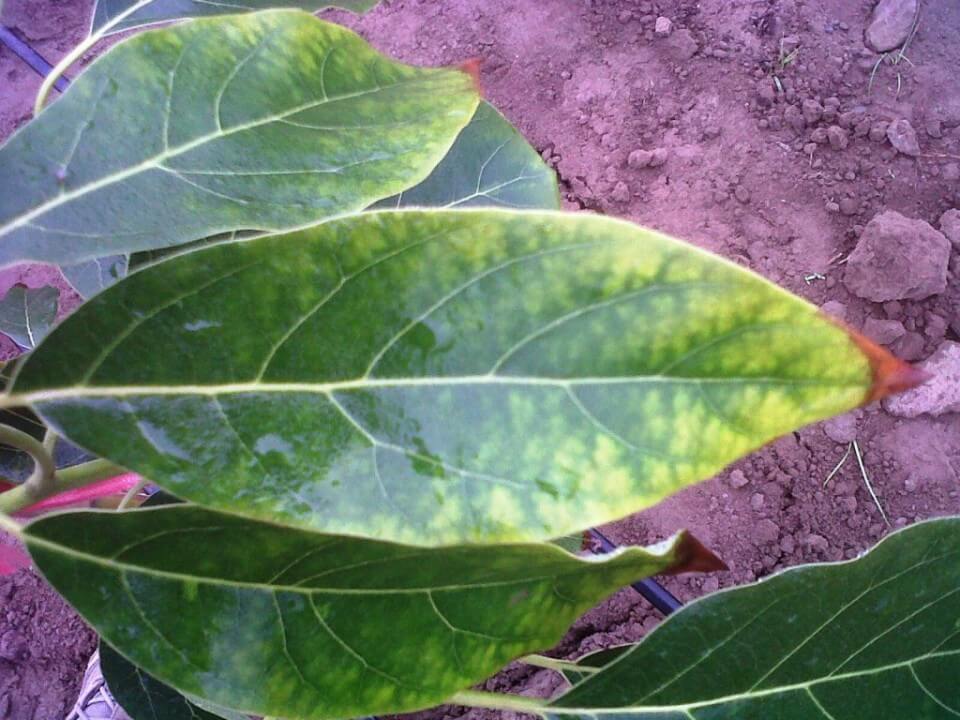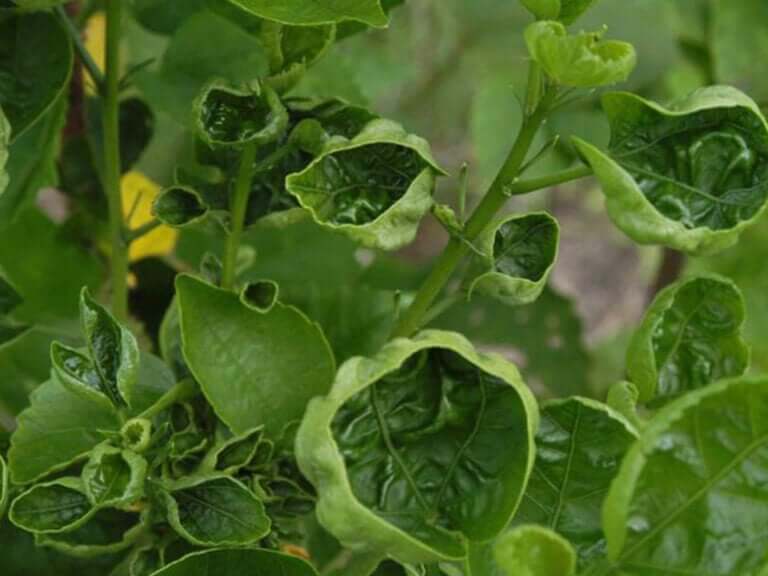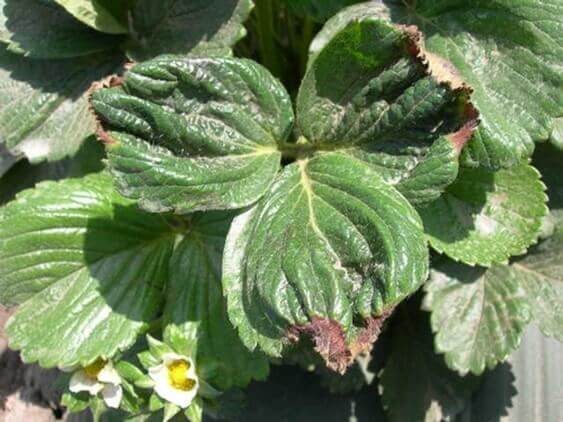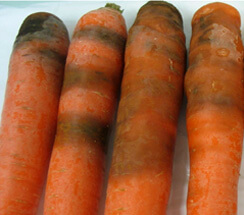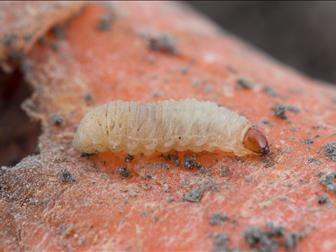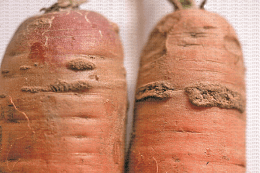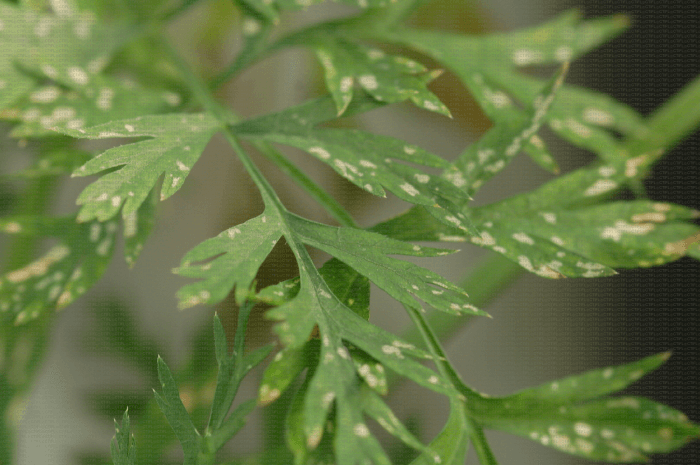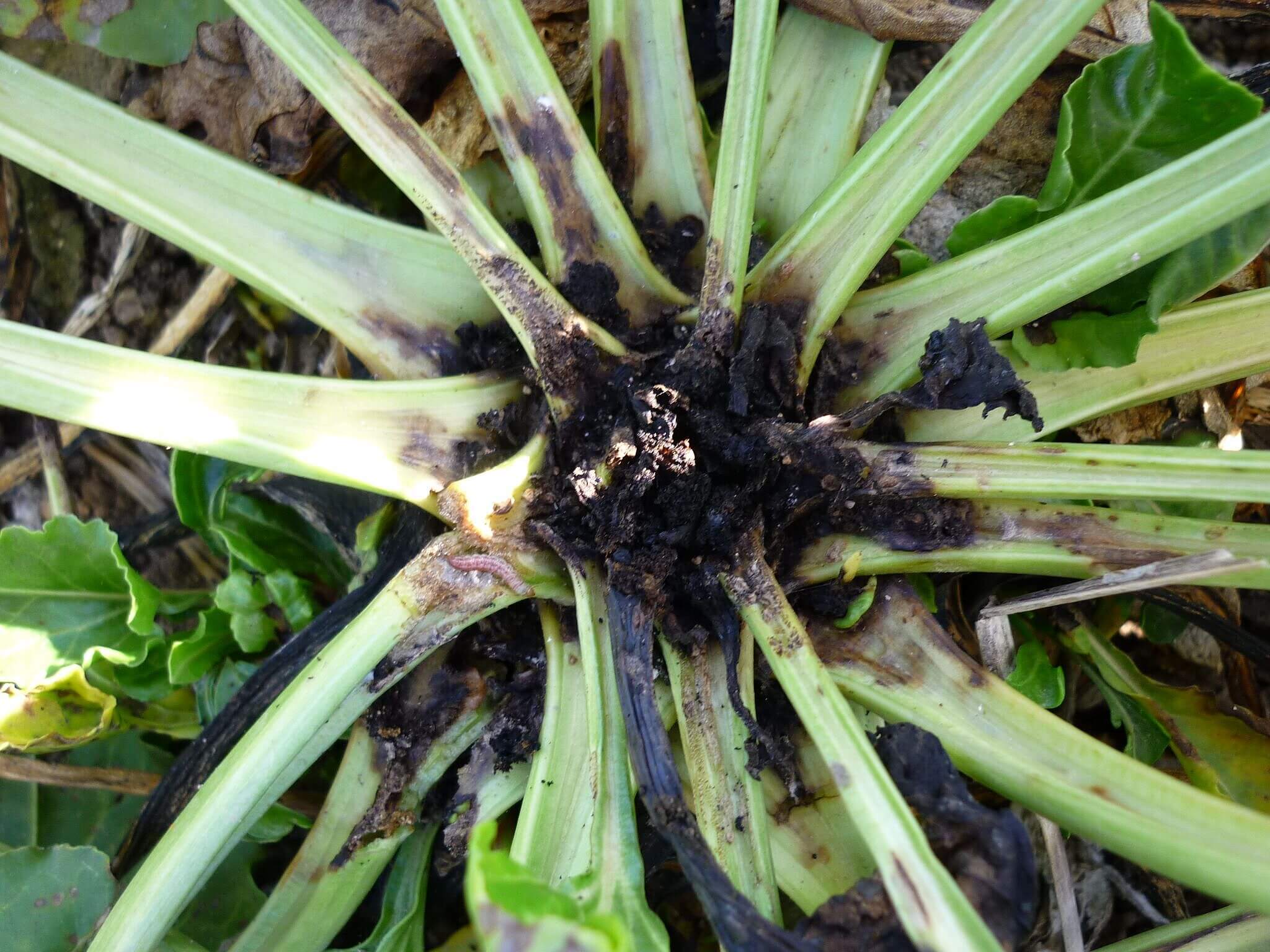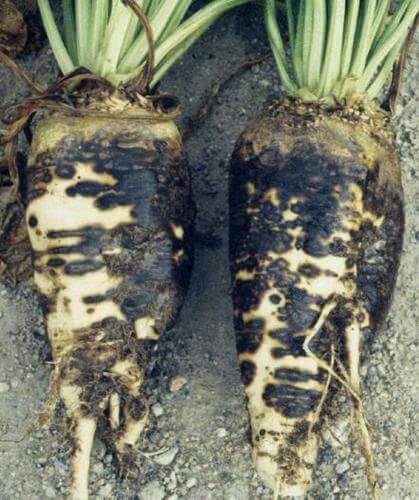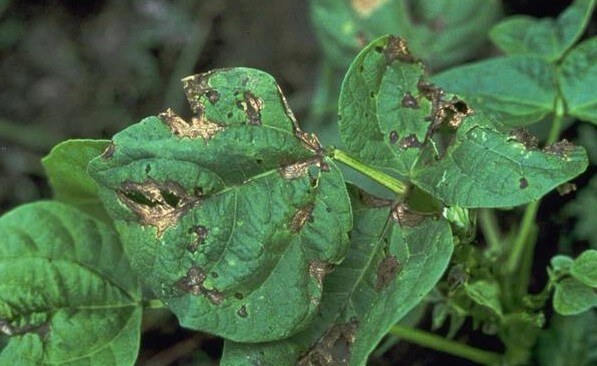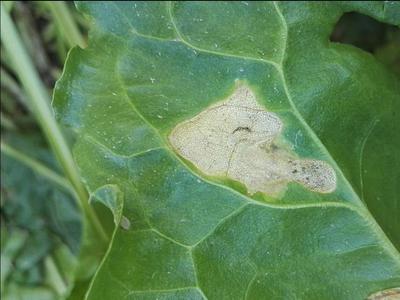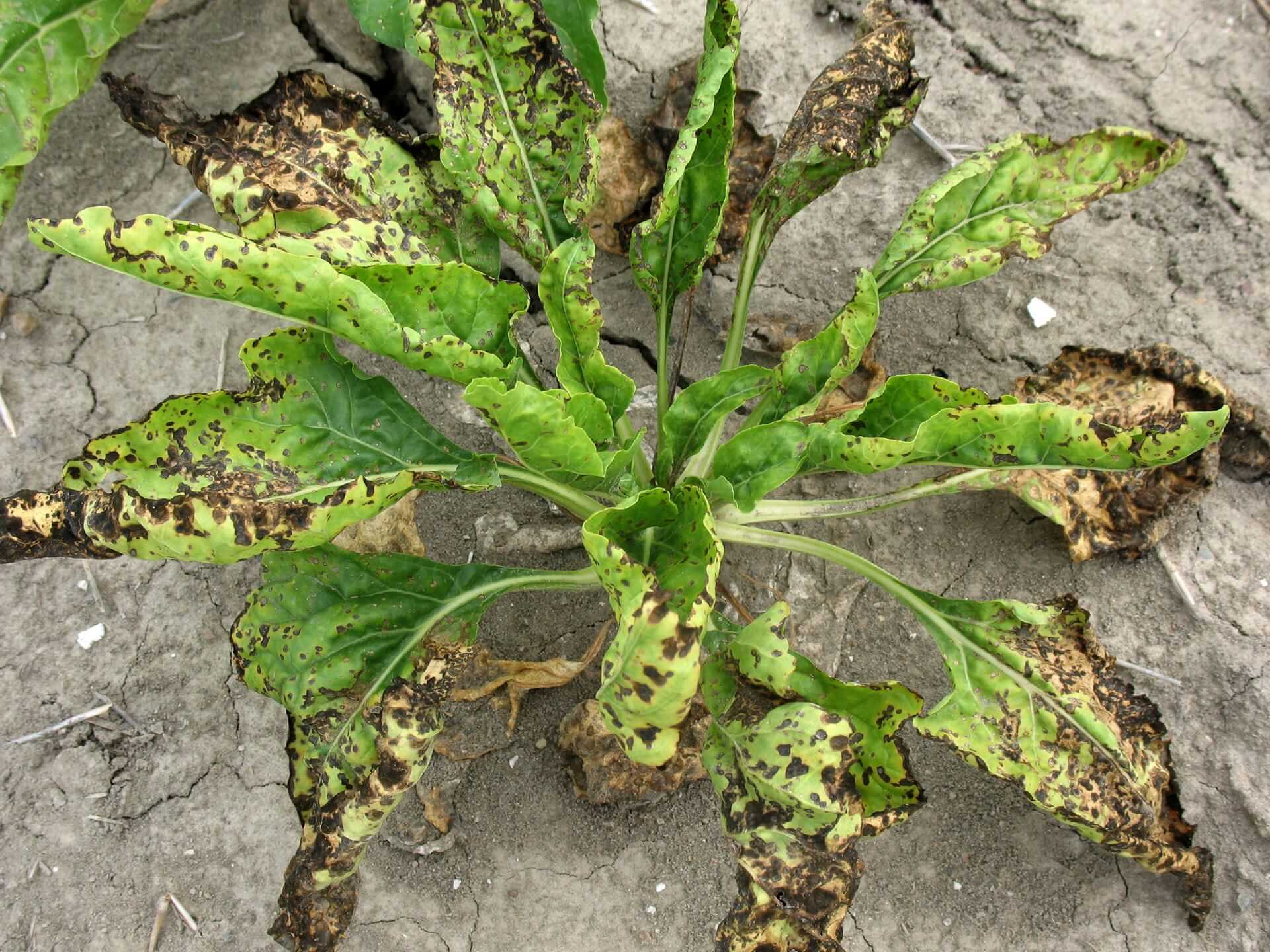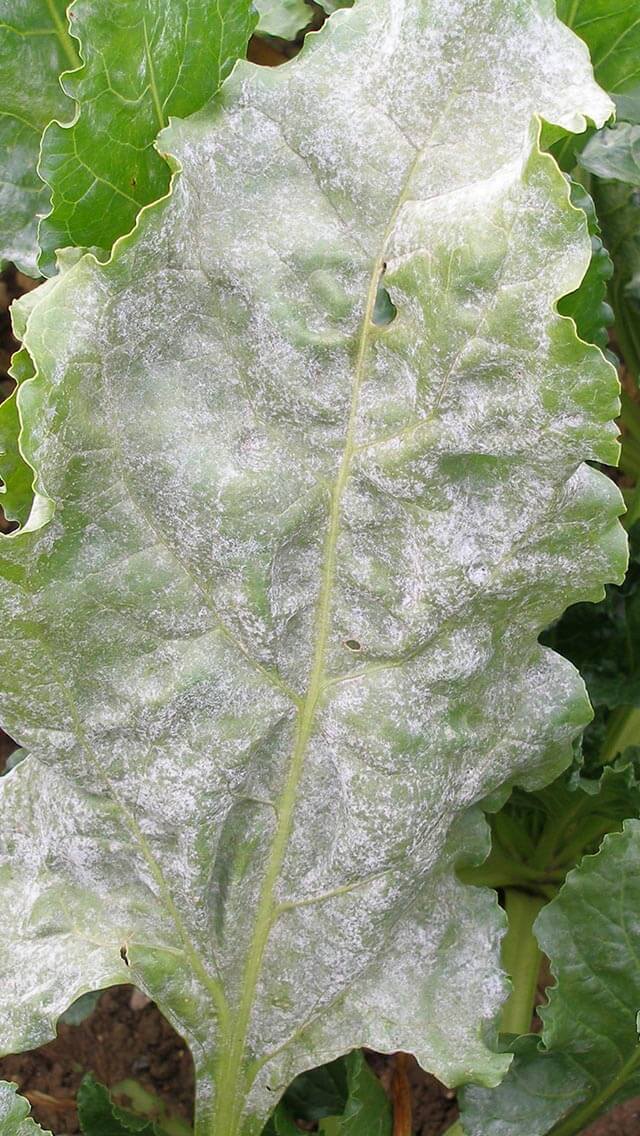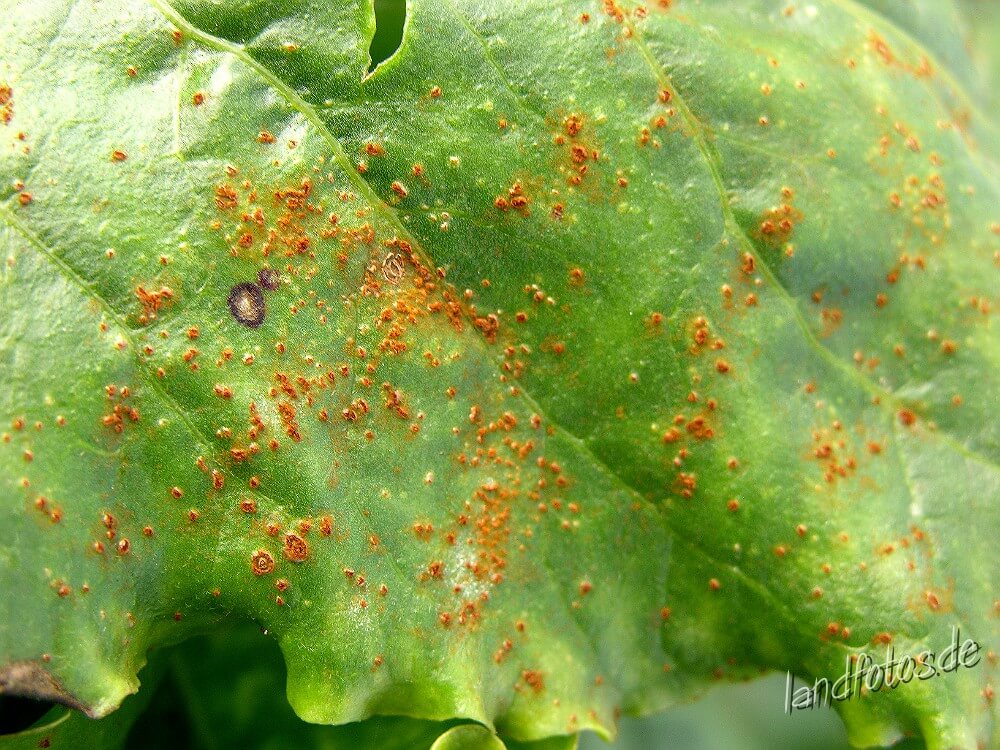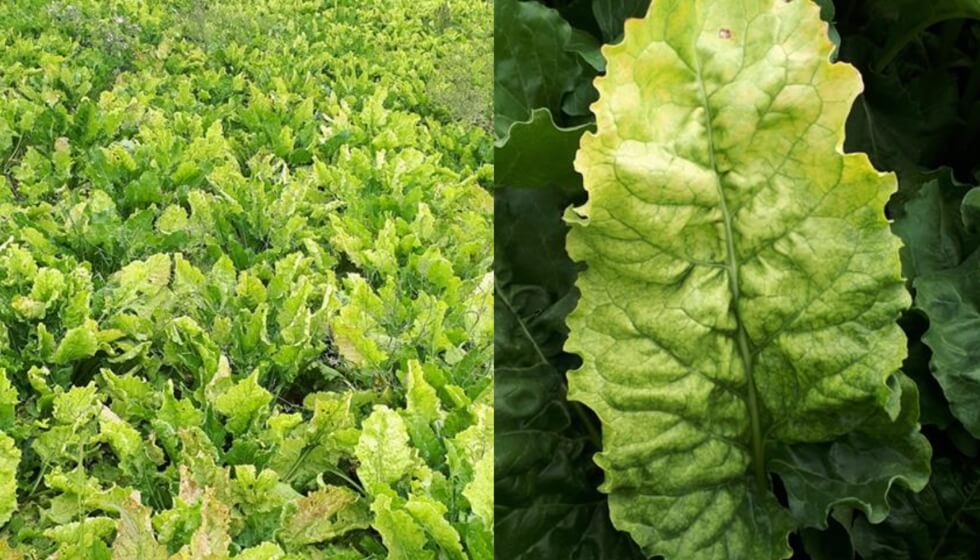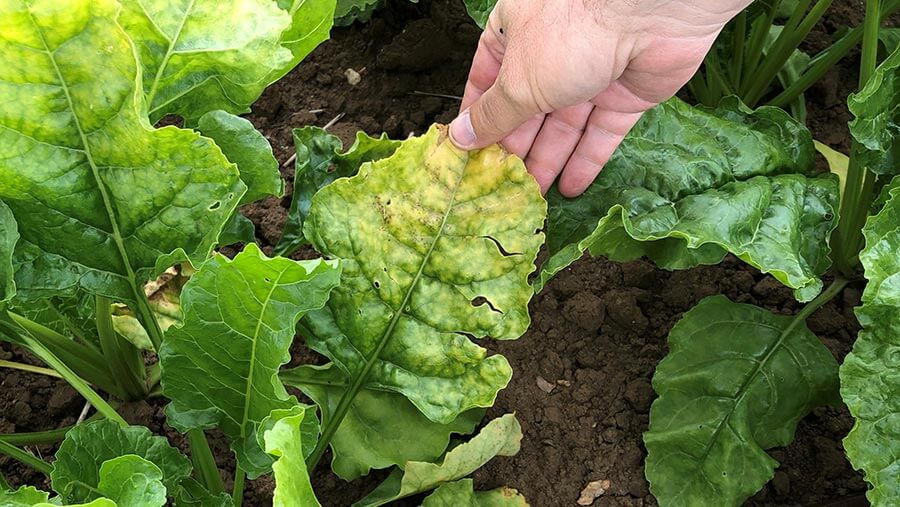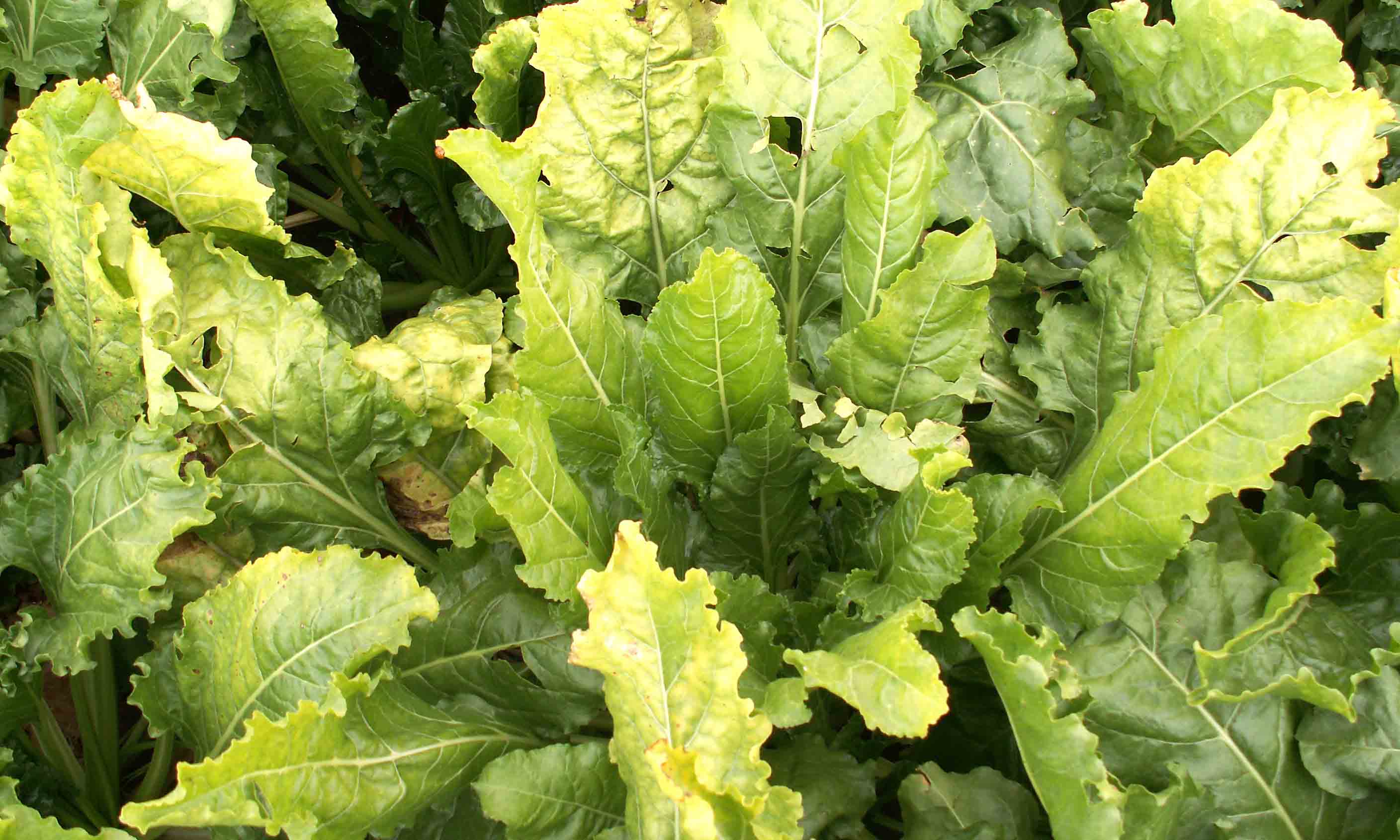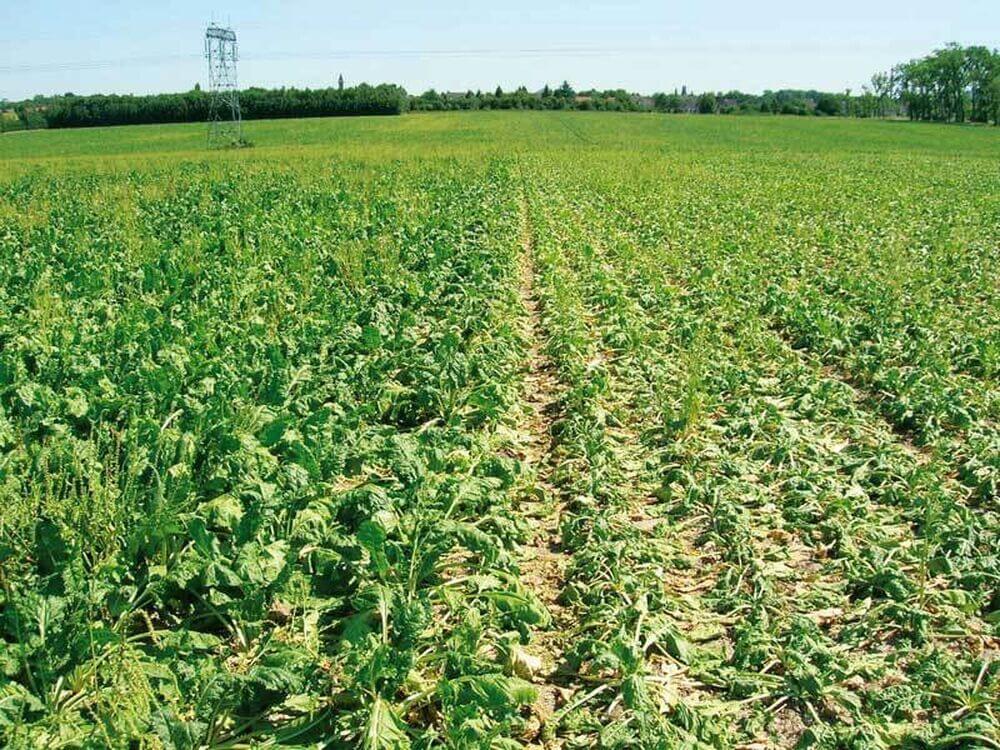
Remolacha de mesa
How to recognize and combat sclerotium blight on table beets
Sclerotium Disease, Southern Blight Or Southern Blight
Fungus
Type:
Risk to the plant:
HIGH
Sclerotium Rolfsii
Pathogen:
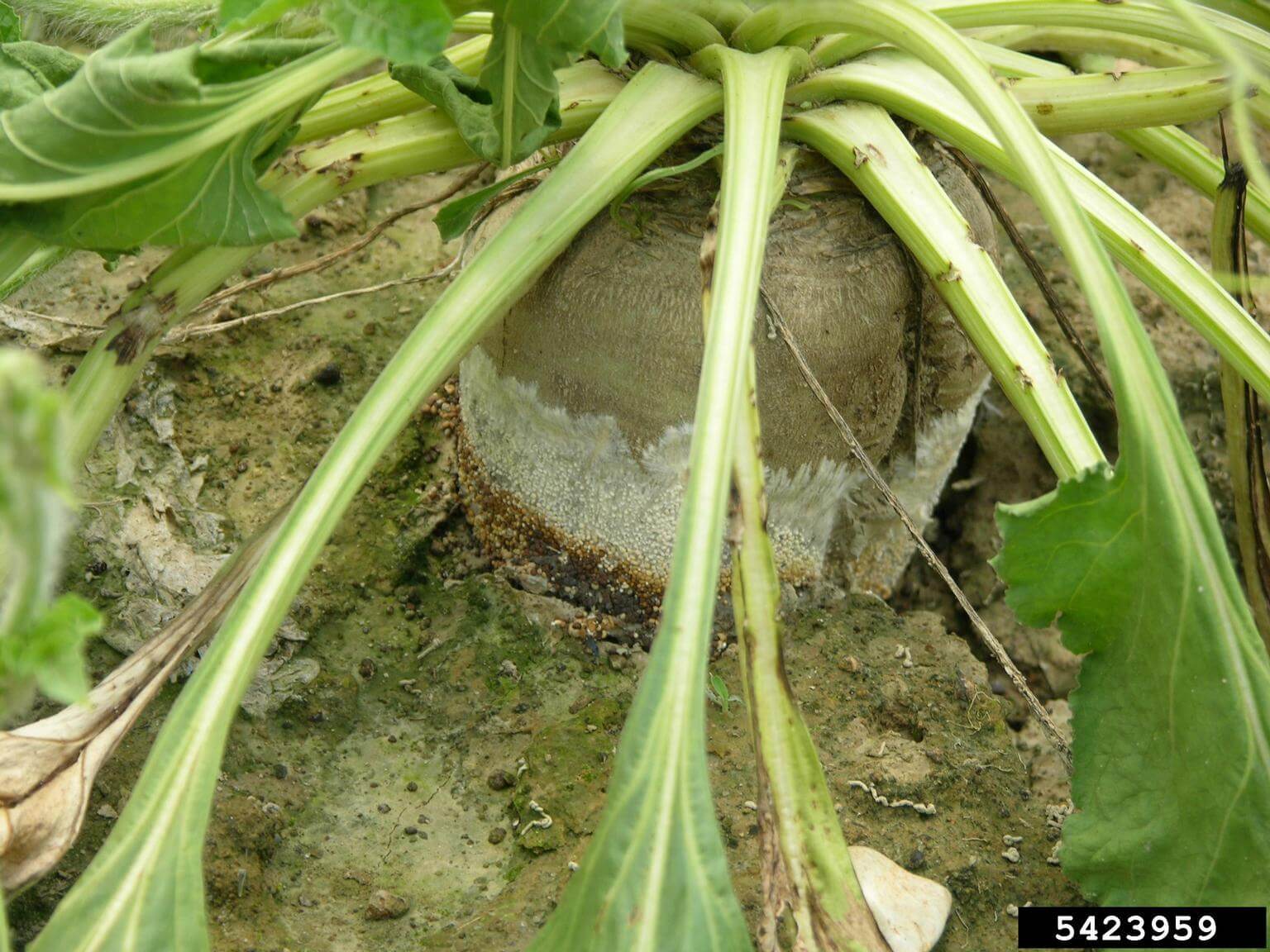
Moho blanco
WHO CAUSES IT?
Sclerotium rolfsii is a fungal pathogen that affects a wide range of plants, including beets. This fungus is characterized by the production of sclerotia, dark brown resistance structures that can survive in the soil for several years. During favorable conditions of humidity and temperature, sclerotia germinate, producing hyphae that infect the roots and the base of the stems of the host plants. As the fungus invades the plant, it develops cottony white mycelium on the surface of the soil and infected tissues, favoring the spread of the disease.
SYMPTOMS
Sclerotium disease, southern blight or southern blight caused by Sclerotium rolfsii in beets manifests itself with a series of distinctive symptoms. Initially, infected plants show wilting and chlorosis of the lower leaves, which then progresses to the upper leaves. The roots and the base of the stem may show brown lesions and soft rot, accompanied by a layer of white mycelium and the presence of sclerotia in the infected tissue.
- Withering and chlorosis of the lower leaves.
- Brown lesions on the roots and base of the stem.
- Soft rot at the base of the stem.
- Presence of white cottony mycelium in the soil and infected tissues.
- Formation of brown sclerotia in the affected tissues.
- General decay of the plant.
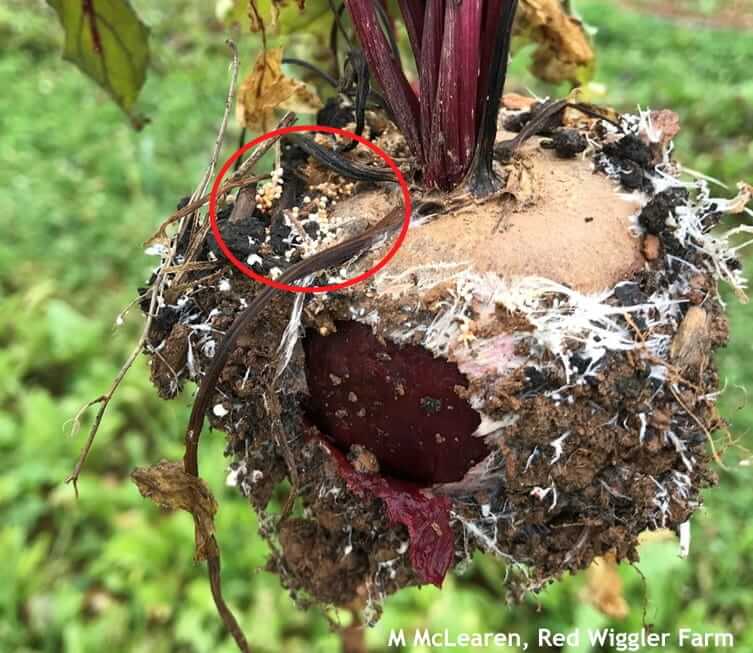
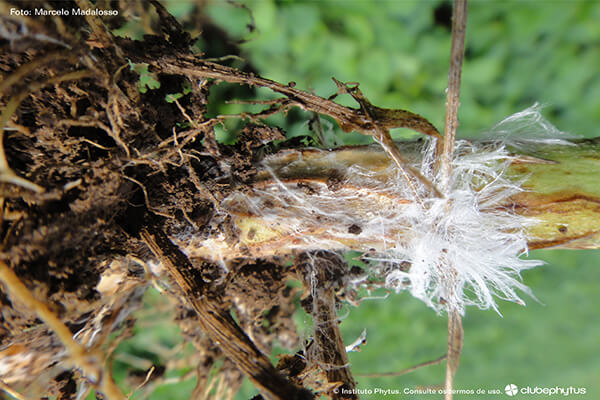
DEVELOPMENT CONDITIONS
Temperature:
25°C - 30°C
Humidity:
80% - 95%
HOW IS IT SPREAD?
Direct contact with infected plants, Irrigation water, Contaminated cultivation tools, Remains of infected crops
HOW TO ELIMINATE IT?
Home treatments
There are no home treatments
Natural allies
Chemical treatments
There are no treatments for this disease. Treatments are directed at the insect vectors that transmit it. See insect treatments.
RECOMMENDED PRODUCTS TO ELIMINATE THE PEST
Sponsored link
Sponsored link
Sponsored link
Sponsored link
Sponsored link
Sponsored link
Sponsored link
Effective against all types of fungi
Sponsored link
Sponsored link
Sponsored link
Sponsored link
Sponsored link
REPELLENT PLANTS
-
RECOMMENDATIONS





















